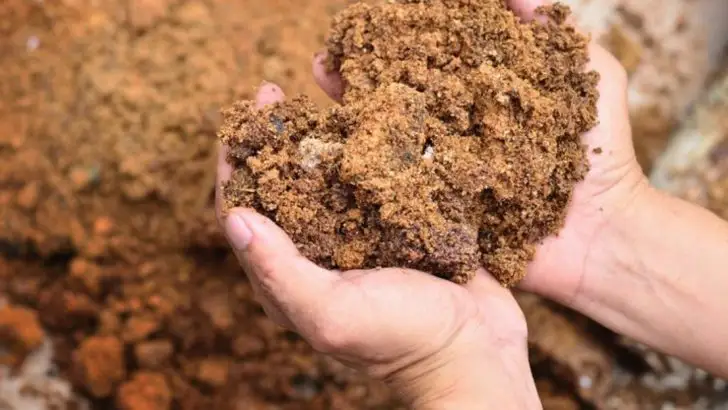In a world that glorifies constant planting, tending, and harvesting, doing nothing felt radical. But after years of depleted beds and stubborn pests, I decided to leave one plot completely untouched for 90 days—no cover crops, no compost, not even mulch.
What happened was unexpected. Without interference, the soil began to heal itself. Native fungi returned. Earthworms dug deeper. A spontaneous flush of wild volunteers revealed what the ground truly needed. By stepping back, I gave the soil time to rebalance, rebuild, and breathe.
In this article, I share what those 90 quiet days taught me about natural recovery, microbial life, and the power of absence. Sometimes, the best thing you can do for your garden is to get out of its way.
Natural Soil Regeneration

As nature takes a break, earth’s resilience comes to light. When left to its devices, soil begins a rejuvenation process, balancing its microbial life. This period allows organic matter to decompose, turning waste into nourishment. The break from cultivation offers a refreshing pause, promoting a healthy ecosystem beneath the surface. With no roots to disturb it, the earth takes a breath, and its natural processes flourish, creating a harmonious balance. Exploring this unseen world reveals the incredible ability of soil to heal and restore.
Boosted Microbial Activity
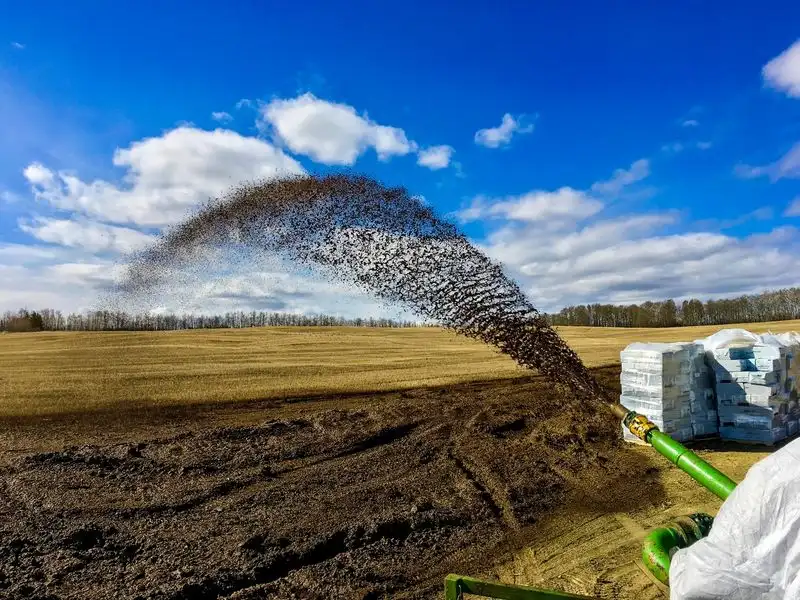
Teeming with life, soil’s hidden community thrives when left undisturbed. Microbial activity skyrockets, enhancing nutrient availability. Beneficial bacteria and fungi break down organic material, releasing essential elements into the earth. This buzzing activity fosters a self-sustaining environment, rich in life and potential. By stepping back, we witness the soil’s capability to nurture itself, a dance of life that needs space to flourish. Observing this process shows the power of unseen actors in soil health, a vibrant community at work.
Improved Soil Structure
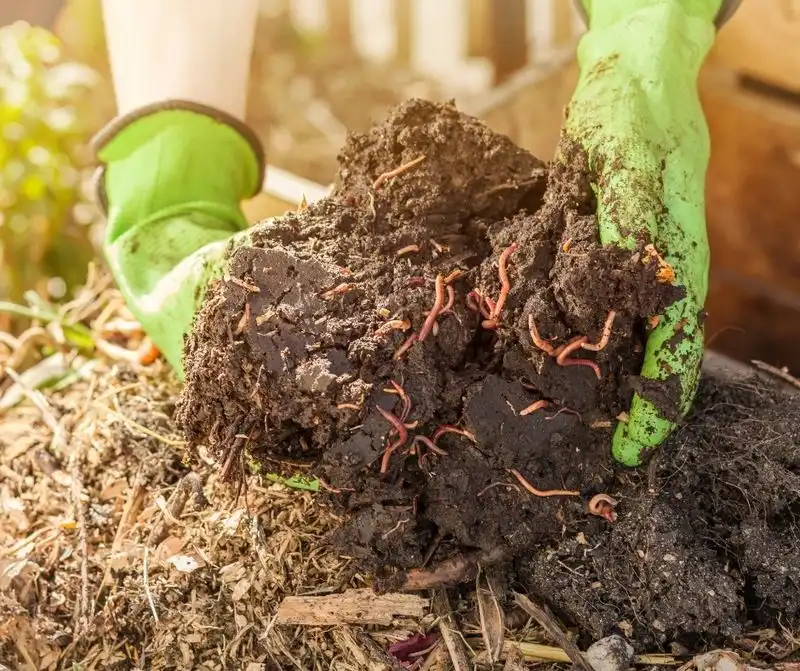
Without the pressure of constant planting, soil naturally strengthens its structure. Over the 90-day pause, the earth’s layers settle, creating stability and enhancing aeration. This transformation allows water to filter through more efficiently, reducing erosion risks. As the soil compacts naturally, it becomes an ideal foundation for future growth, providing support and nourishment. This improved structure is a testament to nature’s ability to optimize conditions, ensuring a fertile bed for new life to flourish.
Enhanced Nutrient Cycling
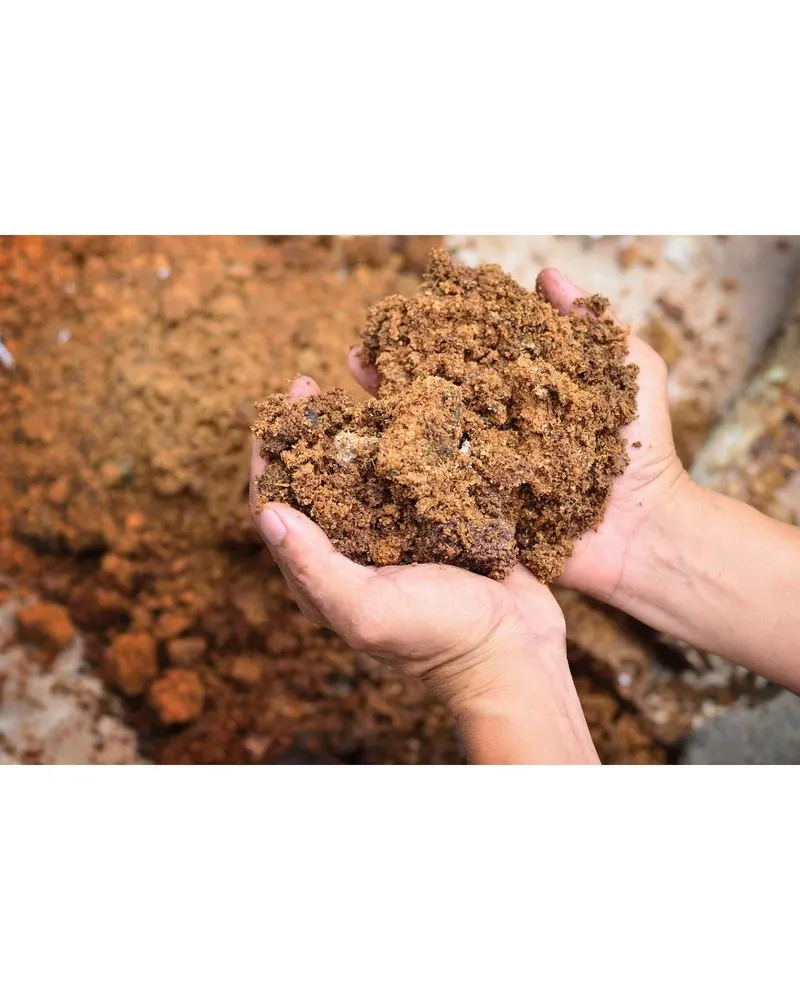
The quiet interval enhances nutrient dynamics, as the soil cycles nutrients with increased efficiency. Decomposers work tirelessly, breaking down organic matter and releasing vital minerals. This dynamic cycle ensures that elements are readily available when needed. Such a pause allows for a more balanced nutrient profile, supporting various forms of plant life in the future. Understanding this cycle demonstrates the intricacies of soil chemistry and the importance of allowing time for these crucial processes.
Increased Biodiversity

An unexpected surge in biodiversity marks the unplanted period. The soil becomes a refuge for countless organisms, each playing a role in its health. Insects, worms, and other creatures find sanctuary, contributing to a vibrant ecosystem. This variety enhances the soil’s fertility, as each organism offers unique benefits. Encouraging this biodiversity leads to a resilient environment, capable of withstanding challenges. Observing this microcosm reveals nature’s intricate web, where every creature has a purpose, fostering a balanced habitat.
Water Retention Improvement

With no roots drawing moisture, soil improves its ability to retain water. The absence of plants allows the earth to soak up rainfall more effectively, reducing runoff. This enhanced water retention supports future plant growth, ensuring a stable supply of moisture. The soil’s capacity to hold water is a crucial factor in sustainable gardening, offering a reservoir of life for times of need. Witnessing this improvement highlights the importance of allowing soil to recover, a simple step with profound impacts.
Reduction in Soil Erosion
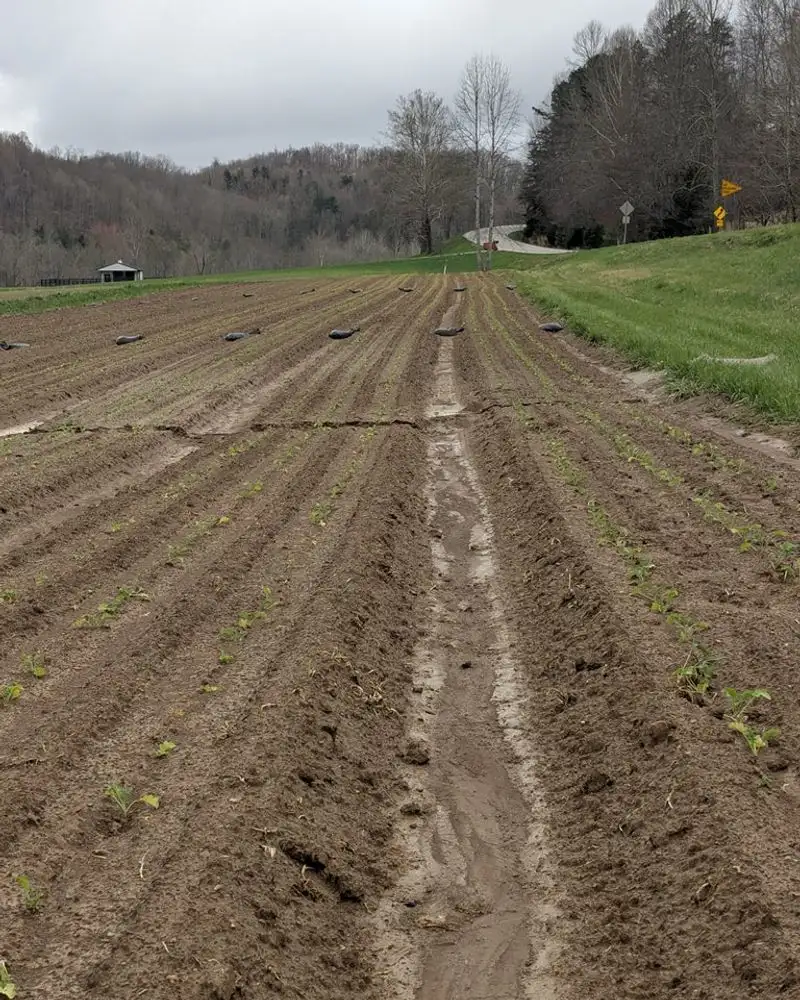
During the unplanted period, soil’s defense against erosion strengthens. Without frequent disruption, it forms a protective layer, resisting the forces of wind and rain. This natural armor reduces the loss of topsoil, preserving its rich composition. By allowing the earth to rest, we support its natural defenses, safeguarding it from degradation. This process underscores the benefits of patience, where taking no action results in stronger, more resilient soil, ready to support future endeavors.

